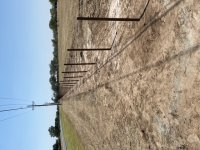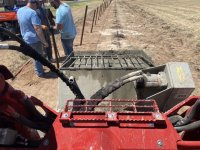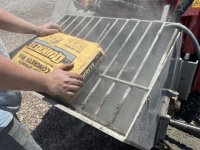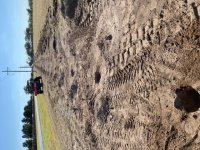oosik
Epic Contributor
When we lived in Glennallen, AK - watched the engineers test many solutions to get around frost heave. Each of those "pylons" were sunk into permafrost and had to have an acceptable, working solution. The final two solutions - wrap the steel poles in multiple layers of a heavy plastic like plastic drop cloths. This is a method used by the power & telephone company. The ground simply slides up/down the pole on the layers of plastic and the pole is never jacked out of the ground.
The final solution - a system of thermal collectors atop each post. It transfers heat to an antifreeze solution that circulates thru heat exchangers in the lower( below ground ) part of the pole. I could never figure how this system would work on an overcast day @ -30F. But this system works and does its job well.
The final solution - a system of thermal collectors atop each post. It transfers heat to an antifreeze solution that circulates thru heat exchangers in the lower( below ground ) part of the pole. I could never figure how this system would work on an overcast day @ -30F. But this system works and does its job well.
Last edited:




